The crazy ideas of young inventors
“At the time, we were students wanting to create a compact sensor unlike anything we’d ever seen before. But the idea was so risky that even venture capitalists would have struggled to accept it,” Lauriela told me at Iceye’s headquarters on the outskirts of Helsinki, Finland.
Lauriela met Rafal Modrzewski at Aalto University and quickly became close friends because they shared a common passion for space. The two young students sparked an ambition to build the world's smallest radar satellite.
In 2012, they co-founded Iceye to deploy the technology they had both helped develop during their studies. That technology is the application of synthetic aperture radar (SAR) to small satellites, which, with this imaging technology, can be built at a much lower cost than traditional satellites.
But the idea of developing that technology was very difficult to raise capital for young entrepreneurs. “When we started, there were hardly any commercial startups tackling this area,” he recalled.
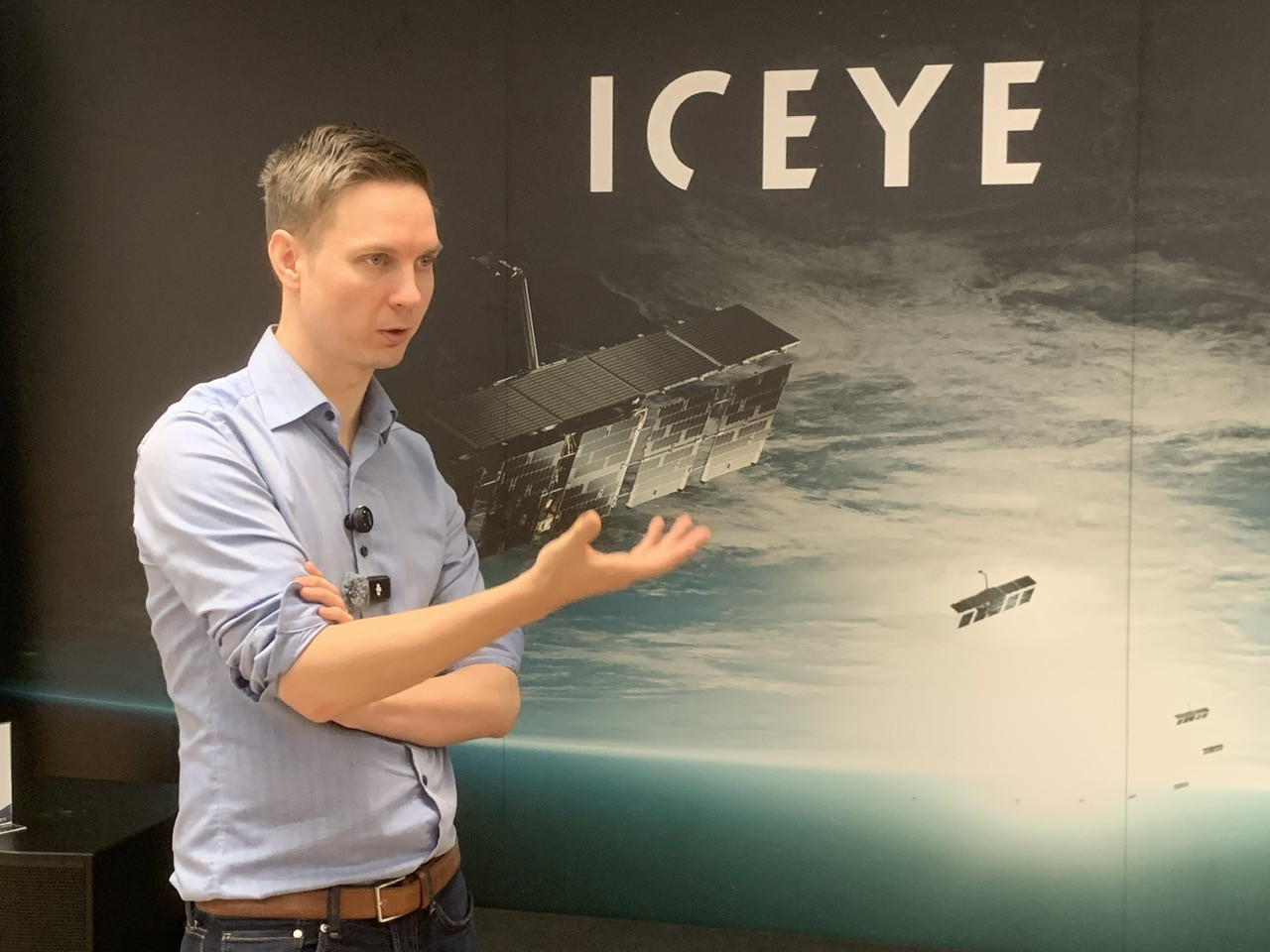
Nevertheless, the burning desire to create a SAR satellite that could be launched into space at low cost while still providing images of comparable quality to traditional systems relentlessly motivated the two young inventors.
Miniaturizing radar technology—typically deployed on large satellites weighing tons—to a device weighing just over 80kg was a colossal challenge. There was no precedent, no market, and most importantly, no readily available confidence from investors.
ICEYE - a product of a leading ecosystem.
But Lauriela and her friend Rafal Modrzewski started their business in Finland, a Nordic country with an extremely favorable environment for startups.
Aalto University, where the founders of ICEYE met and conceived their idea, is at the heart of Finland's innovation ecosystem with a vibrant student body. Janne Laine, Vice-Chancellor for Innovation at Aalto University, emphasized: “The more interdisciplinary groups interested in entrepreneurship we connect, the brighter the future will be.”
The Finnish government , through Business Finland, the national innovation agency, has supported ICEYE in research and development (R&D) and introduced technical experts right from the idea stage. “Finland has created a system where bold ideas are encouraged and supported, not just with words, but with budget and transparent mechanisms,” said Lauriela.
Support from Business Finland was crucial for ICEYE to overcome its initial funding shortfall, enabling it to develop its first prototypes. By 2015, the company had raised its first €5.6 million.
In terms of the legal framework, as a Finnish company, ICEYE works closely with the Finnish Ministry of Foreign Affairs in technology assessment – particularly since radar satellite technology is classified as dual-use technology, serving both civilian and defense purposes. Therefore, the company must comply with EU regulations on the export of dual-use technology.
In space, ICEYE's operations are governed by the ITU (International Telecommunication Union), the agency responsible for global frequency allocation and control. The use of radar imaging requires the company to register and adhere to the frequency bands allocated for this type of imaging. Launching satellites requires licenses to use those frequencies.
Ultimately, the primary international legal framework remains the United Nations Outer Space Treaty of 1967, a principled document governing the peaceful use of space, which serves as the current international legal foundation in the field of space.
According to the prestigious Forbes magazine, Iceye has raised $304 million to date.
Developing like a rocket.
In January 2018, ICEYE made history by successfully launching ICEYE-X1, the world's first small commercial SAR satellite weighing under 100 kg. This was a breakthrough moment not only for the company but also for the entire satellite industry: from then on, radar satellites were no longer the exclusive technology of superpowers or giant corporations.
With ICEYE-X1, the company demonstrated that it can observe the Earth day and night, regardless of cloud cover or bad weather, thanks to SAR radar technology.
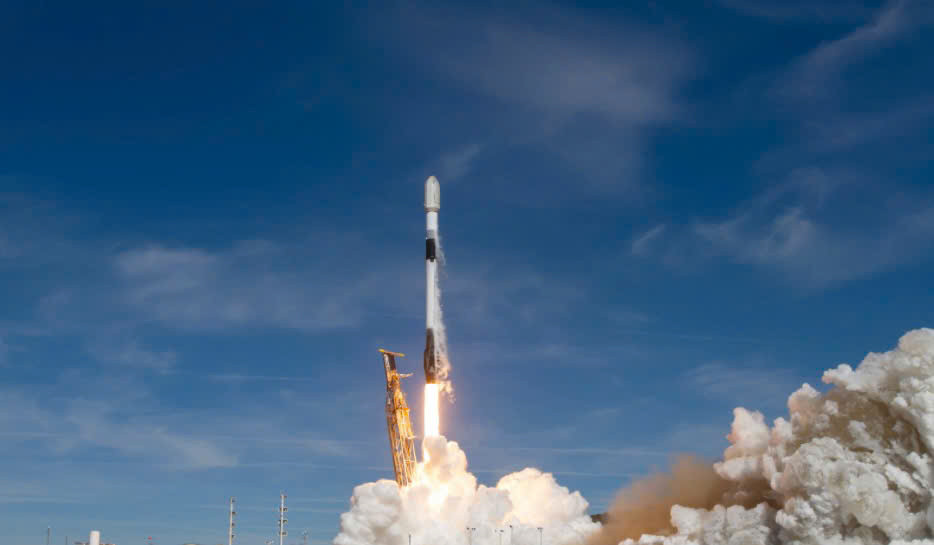
By early 2025, Iceye had 48 satellites in various locations around the world and consistently ranked among the world's most innovative and fastest-growing companies in global technology rankings. Iceye has become a leading global pioneer in Earth observation technology, operating a network of dozens of SAR satellites that monitor the planet 24/7 from low Earth orbit.
Mr. Lauria explained that SAR satellites have the advantage of being able to record conditions on the Earth's surface at any time of day or night and are not hindered by clouds. This means that, for example, in an emergency such as a storm, the company's satellites can detect changes on the ground to serve the interests of governments.
During the Syrian refugee crisis, ICEYE's radar technology was used to detect boats carrying refugees at night, allowing authorities to monitor vessels in the dark and identify capsized boats.
In Iceland, ICEYE's satellite data helped local authorities predict a volcanic eruption, allowing for timely evacuation. In both cases, ICEYE's technology played a crucial role in saving lives and mitigating the impact of the disaster.
In the Philippines—one of the countries most vulnerable to natural disasters—ICEYE's research team is deploying flood and infrastructure risk monitoring, supporting local governments and humanitarian organizations in enhancing their early response capabilities. This demonstrates the growing role of satellite data in urban governance and sustainable development.
In a world increasingly unstable due to climate change, conflict, and complex global supply chains, information from space is becoming one of the most strategic assets. Every day, ICEYE's system sends back thousands of images from all over the planet – from melting ice in the Arctic to oil tankers in the Red Sea.
ICEYE has grown rapidly since its founding in 2014 and has a strong global presence, with offices in Finland, Poland, Spain, the United Kingdom, Australia, Japan, the UAE, Greece, and the United States. The company has an international team of over 700 employees.
Lessons from ICEYE
I had the opportunity to hear Pekka Lauriela present ICEYE's ideas for a single morning during a recent visit to their headquarters. He looked very young and enthusiastic. Frankly, many of the technical issues he presented were beyond my understanding.
But one thing stands out. That is, the crazy ideas of him and his university friend, nurtured in a very favorable startup ecosystem – from Aalto University to the startup support organizations and venture capitalists that the Finnish government has painstakingly built – led to ICEYE's success. It was a very long process, overcoming all limitations and dogma.
Through resolutions 57, 66, and 68, Vietnam also hopes to have more startups, especially in the fields of innovation, creativity, and AI. Will we accept companies that launch satellites into space, like ICEYE, in the next 10 years?
Just look at the numerous barriers currently facing drone technology companies! No private enterprise can overcome these obstacles to produce drones! Nor can any private company produce "dual-use" products for both defense and civilian use. Many individuals, self-taught inventors, have had to take their products abroad for testing.
Undoubtedly, Iceye's story offers us many valuable lessons.
Source: https://vietnamnet.vn/iceye-va-cau-chuyen-khoi-nghiep-than-ky-2407901.html





![[Photo] Prime Minister Pham Minh Chinh presides over a meeting on private sector economic development.](/_next/image?url=https%3A%2F%2Fvphoto.vietnam.vn%2Fthumb%2F1200x675%2Fvietnam%2Fresource%2FIMAGE%2F2025%2F12%2F20%2F1766237501876_thiet-ke-chua-co-ten-40-png.webp&w=3840&q=75)

























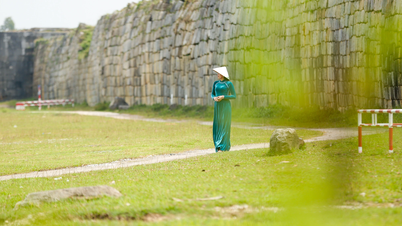



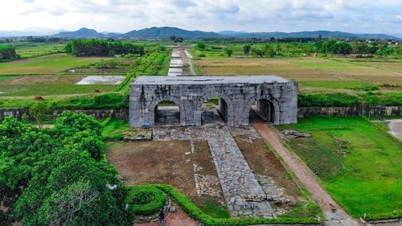
























































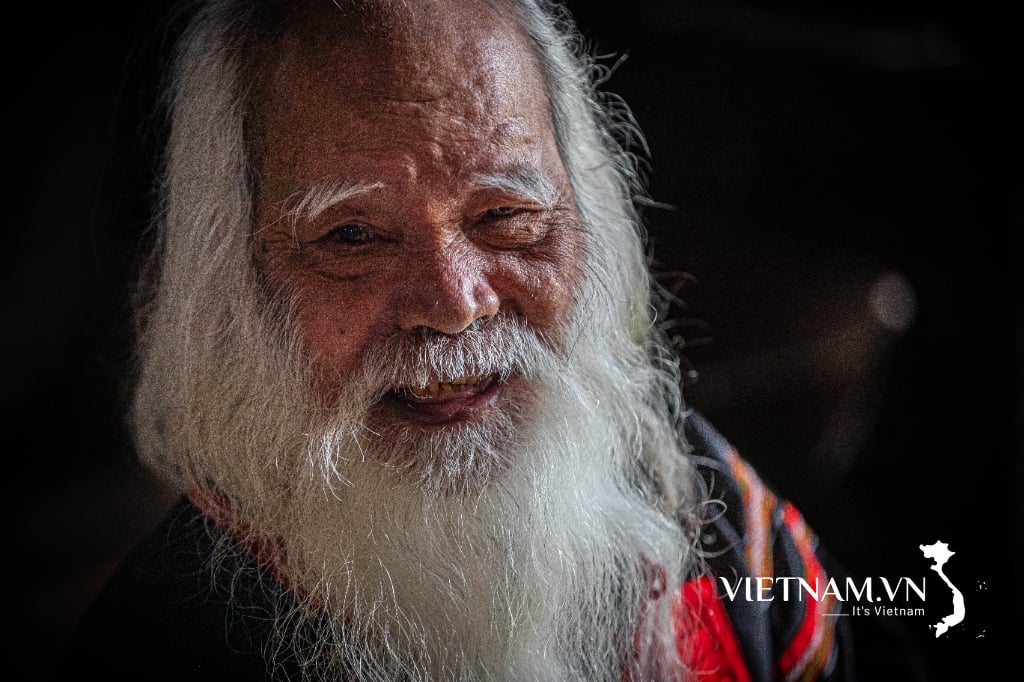

Comment (0)